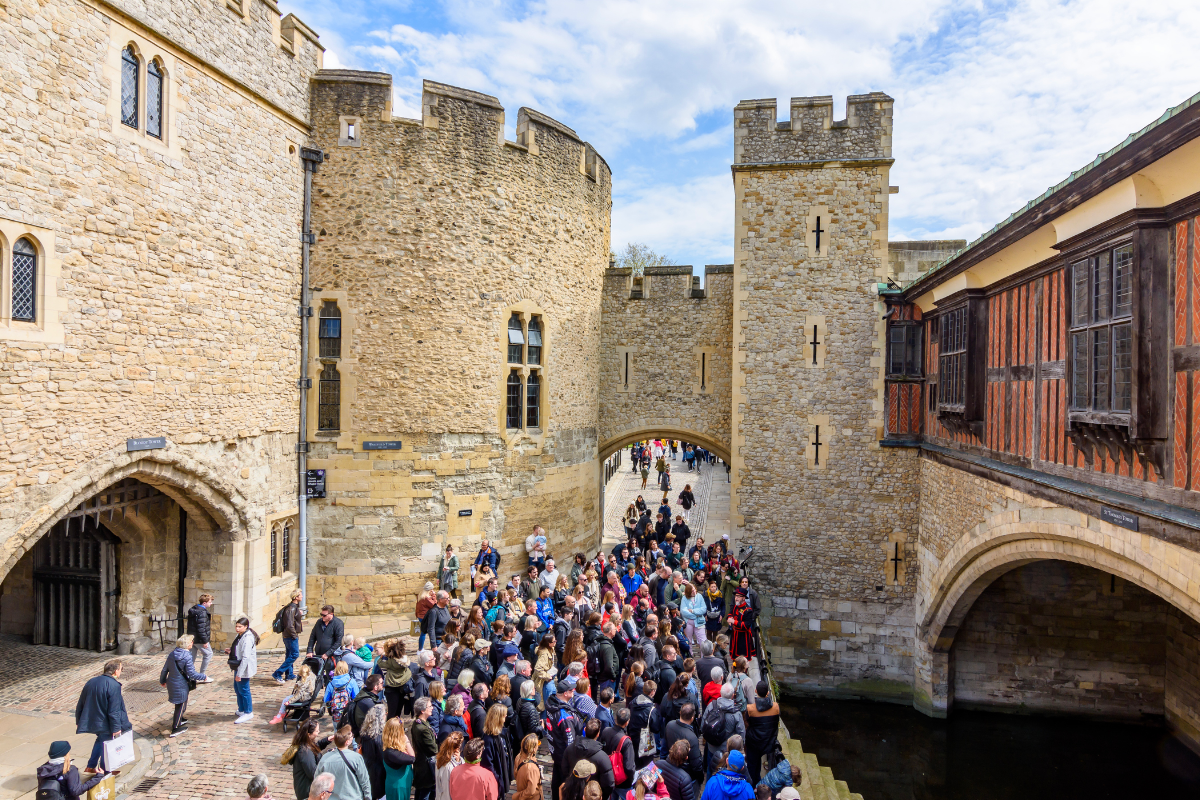
“The heritage sector is not just historic monuments, sites and buildings" said the authors of a new methodology report produced for DCMS
Photo: Elena Zolotova/iStock
Heritage sector’s economic impact ‘difficult to quantify’
A DCMS-commissioned report has recommended a new methodology for assessing the economic value of the heritage sector after a currently-used formula is deemed ‘too narrow of a definition’.
A feasibility study commissioned by the Department for Culture, Media and Sport (DCMS) has highlighted the difficulties in assessing the economic value of heritage organisations to the UK economy.
The report, prepared by London-based management consultants Alma Economics, analyses different approaches that could produce a single reliable estimate of the heritage sector’s economic contribution.
It says that the lack of clear boundaries for the heritage sector “made it challenging to quantify the sector’s impact on the UK economy”.
READ MORE:
- Cultural heritage drives economic growth by boosting creativity
- Parts of heritage sector 'on brink of collapse’
The researchers add that the current proxy for the heritage sector used in DCMS Economic Estimates – a single Standard Industrial Classification (SIC) code which refers to the ‘operation of historical sites and buildings and similar visitor attractions’ – “is widely viewed as too narrow of a definition that underestimates the size and impact of the sector”.
A post from Alma Economics, shared on Twitter/X, explains: “The heritage sector is not just historic monuments, sites and buildings, but also a wide range of assets and landscapes that are connected to history and valued by communities”.
“However, to date, no formal definition exists for the sector. It has a fragmented market structure, with activities related to heritage spanning multiple industries (such as construction, hospitality, etc). This makes its economic impact challenging to quantify.”
New methodology
The report assesses the strengths and weaknesses of four approaches to assessing heritage’s economic impact, taking into consideration feedback from sector stakeholders.
The methodologies analysed include dynamic mapping, which classifies industries based on their heritage intensity, otherwise known as the proportion of employment within the industry in heritage occupations. This method is currently used in the DCMS Economic Estimates for the creative industries sector.
The report also considers satellite accounts, widely used internationally in sectors that do not map to SIC codes, and the big data approach, which involves large online datasets and a trained machine learning model classifying businesses as ‘heritage’ or ‘not heritage’.
The report’s preferred methodology is SIC-SOC mapping. Developed by economic consultancy Cebr and currently used by Historic England, SIC-SOC mapping links heritage occupations (SOC codes) to their corresponding industry (SIC codes).
The researchers say this method would better capture the breadth of the industry, as it accounts for both industries that are fully part of the heritage sector and those that engage in heritage activities but not as their primary focus.
“Based on these findings, SIC-SOC mapping emerged as the best of the four approaches in the short-term to provide economic estimates of the heritage sector due to its coverage and feasibility,” the report says. However, it acknowledges that the method cannot be directly used to produce estimates of the number and size of businesses in the sector or trade statistics.
The report also outlines steps for developing a bespoke methodology building on SIC-SOC mapping. The researchers say this would help develop more precise estimates over time by expanding the list of heritage industries and occupations, as well as incorporating additional data on heritage activities and outputs.
“Heritage can be found across an array of economic sectors and sub-sectors,” Harman Sagger, DCMS Head Economist for Arts, Heritage and Tourism, wrote on LinkedIn. “The lack of clear boundaries for the heritage sector has made it challenging to quantify the sector’s impact on the UK economy.”
Sagger’s post added that DCMS will look to take the research forward to “fully account for heritage's impact on the economy within DCMS's Economic Statistics”.
Join the Discussion
You must be logged in to post a comment.